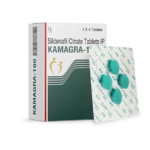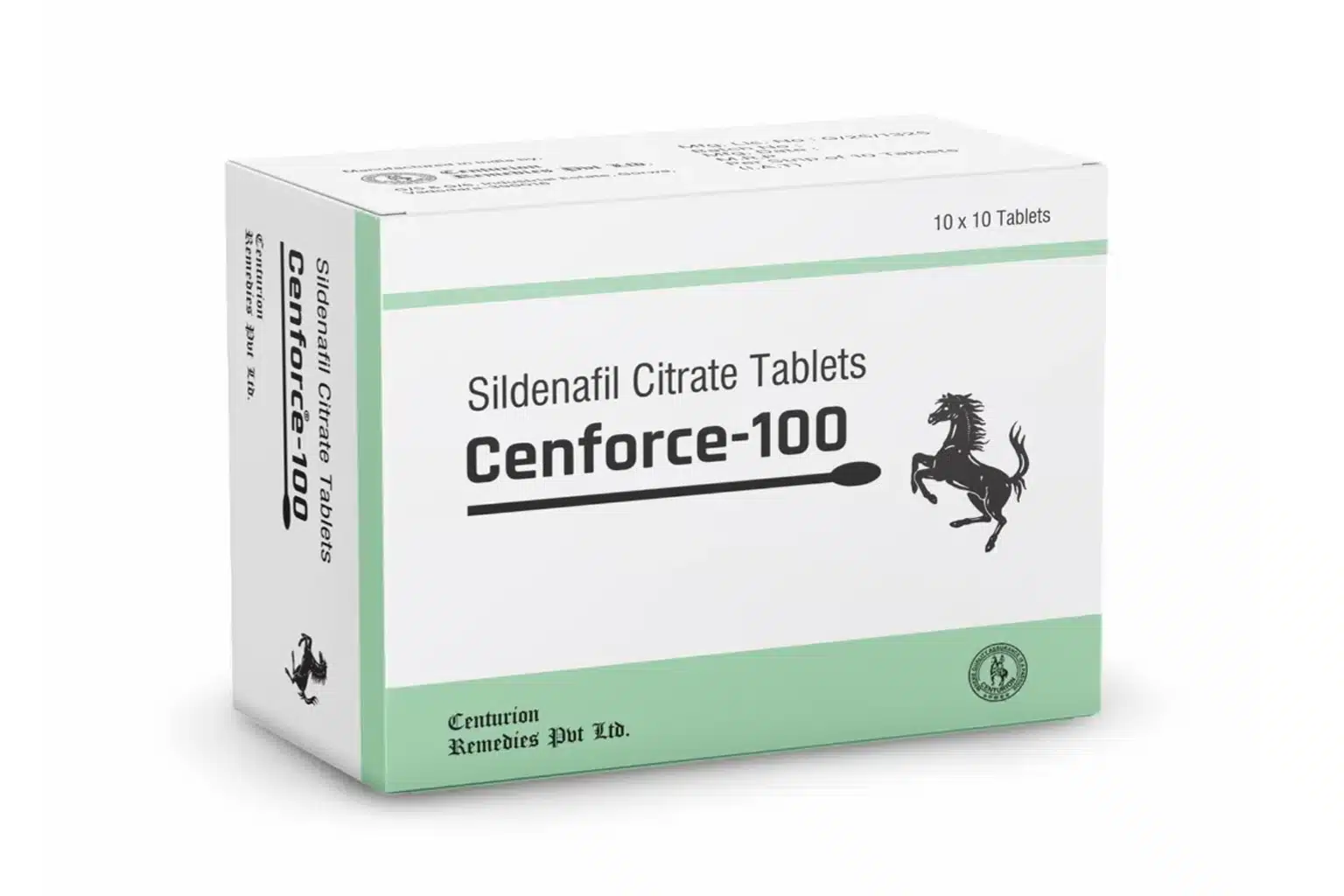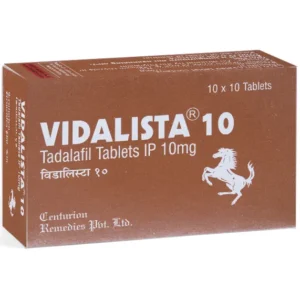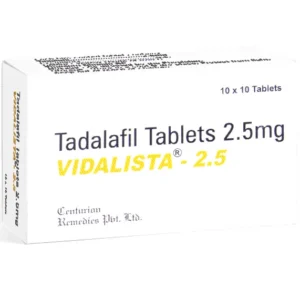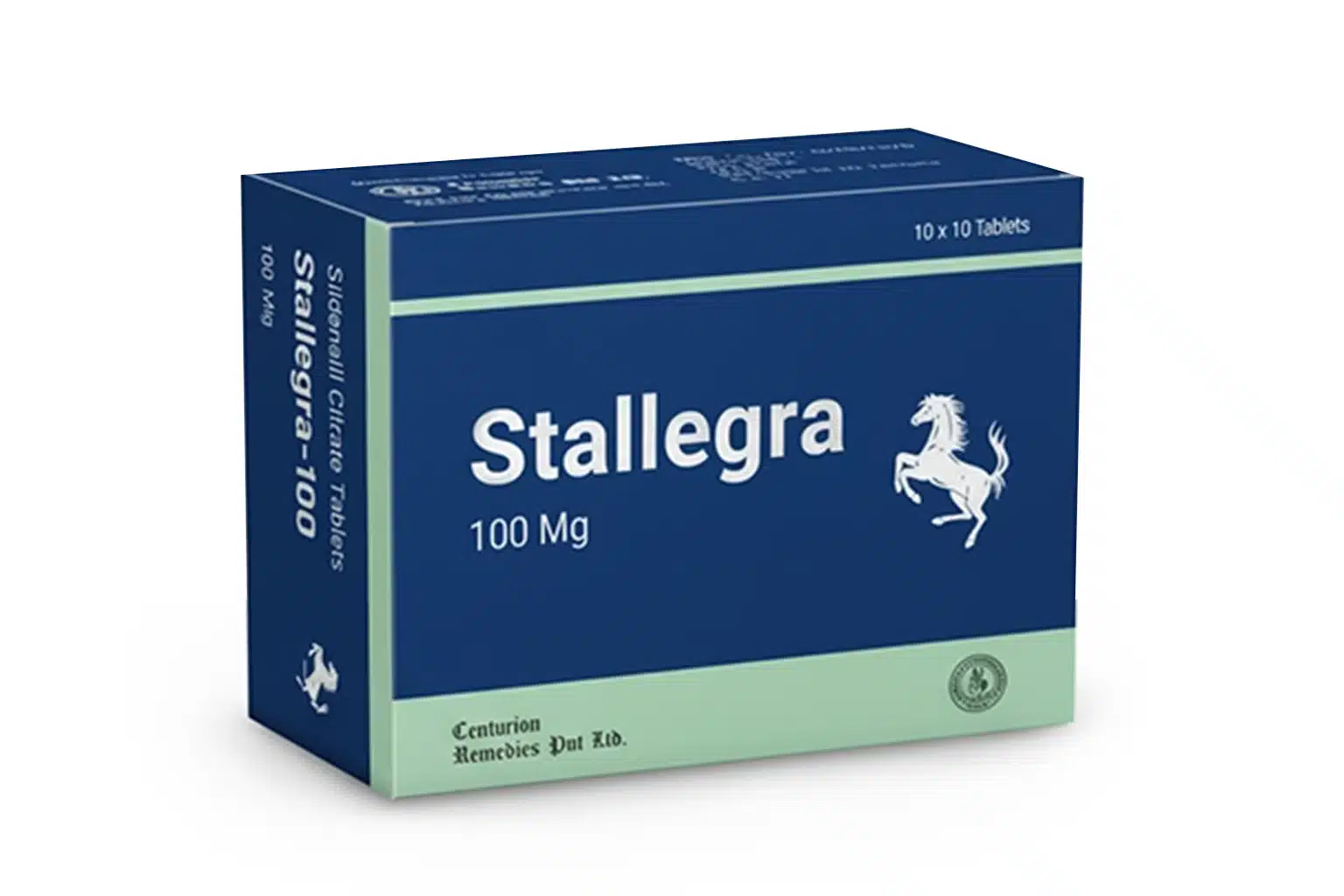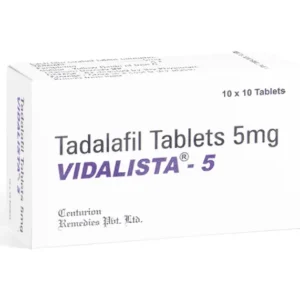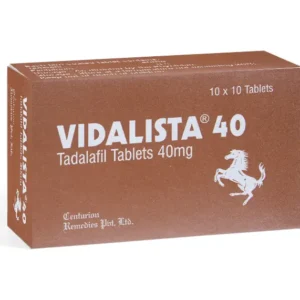Why Middle Eastern Men’s Testosterone Levels Stand Out
Online health forums are filled with claims that Middle Eastern men have dramatically higher testosterone than their Western counterparts. It’s become popular health folklore.
But here’s what the research actually shows: Where you spent your childhood may have determined your testosterone levels for life—and it has nothing to do with your genes…
Despite popular claims that Middle Eastern men have naturally higher testosterone than Western men, direct comparative studies tell a different story. Mean testosterone levels in Middle Eastern populations (380-390 ng/dL) fall within the same range as Western populations. Some studies even show South Asian men with lower levels than Europeans.
So why does the myth persist? Because the real differences aren’t genetic—they’re environmental, cultural, and metabolic.
Unpacking the Real Drivers: Lifestyle vs. Lab Results
When we talk about testosterone comparison, Middle East vs USA, we have to move beyond just the numbers on a lab sheet and look at what sculpts those numbers. The average American male’s testosterone has been observed to decline significantly over the past few decades, even when controlling for age. This isn’t genetic; it’s a lifestyle catastrophe.
This is where the differences start to get interesting:
1. The Childhood Environment Hypothesis
Groundbreaking research from the UK’s Durham University challenges the long-held belief that genetics are the main determinant of adult hormone levels. The researchers found that childhood environment—specifically, nutritional stability and exposure to infectious disease burden—plays a far more decisive role in setting adult testosterone levels.
In this model, a body constantly fighting off infections or dealing with nutritional stress during formative years has to divert massive amounts of energy towards survival and immune function. Testosterone production is energy-expensive. In environments with high health burdens (which historically included many developing countries globally, though rapidly changing now), the body simply can’t afford to run the ‘high-T’ engine.
Conversely, men (including those of Middle Eastern or South Asian ancestry) who were raised in the rich, post-industrialized environments of the USA or UK often exhibit higher testosterone levels, aligning with the local population, because their bodies had the energy reserves during development to invest in full reproductive development. The conclusion? Your T-level is less about your heritage and more about where you ate your dinner when you were ten.
2. The Metabolic Double-Edged Sword
Another crucial factor is metabolic health. The single biggest enemy of high testosterone is visceral fat and insulin resistance.
USA Lifestyle: The standard American diet (SAD) is notorious for high sugar, processed foods, and sedentary routines, leading to widespread obesity, Type 2 diabetes, and dramatically declining T-levels across all ethnic groups. Even men with a “normal” BMI in the USA have seen a significant T-decline over the last few decades.
Middle East Lifestyle (The Traditional vs. Modern Split): Historically, traditional diets in many Middle Eastern and Mediterranean areas emphasized fresh vegetables, olives, legumes, and lean proteins—a pattern strongly linked to good insulin sensitivity and healthy hormone production. However, rapid Westernization has introduced high rates of obesity and diabetes in many Gulf and urbanized nations. This shift is now putting significant downward pressure on Middle Eastern men’s testosterone levels, mirroring the trend seen in the USA. Studies in the region increasingly show that factors like high BMI, diabetes, and a sedentary life are just as strongly (or even more strongly) associated with low T as they are in the West.
The perceived “stand out” quality of Middle Eastern men’s testosterone levels often comes from comparing a traditional, active, lean population model to the general, metabolically compromised average of modern US men, which is an unfair, apples-to-oranges comparison. When Israeli and Palestinian men were studied, for instance, modifiable factors like BMI and physical activity were found to strongly influence T-levels in certain groups, just like in the West.
A Quick Word on Sexual Health
Any serious discussion about male hormone levels and virility often leads to the topic of sexual health performance, and people will invariably search for related terms like Ed pills
A common question: If testosterone affects sexual function, what about erectile dysfunction medications?
Here’s the key distinction: ED medications like Tadalafil (Cialis, Vidalista 60 mg) are vascular solutions that improve blood flow to achieve erections. They don’t affect testosterone production at all. If low testosterone is causing your ED, these medications may help with symptoms but won’t address the underlying hormonal issue—that requires lifestyle changes or Testosterone Replacement Therapy (TRT).
Best Seller
Best Seller
What We Can Learn: Focusing on the Modifiable Factors
The key takeaway from the complex science of testosterone comparison, Middle East vs USA, is simple: Lifestyle is King.
We should stop asking, “Why are their levels so high?” and start asking, “What did we lose?”
Prioritize Movement: The association between physical activity and healthy testosterone levels is undeniable. High-intensity, compound movements (like squats and deadlifts) and maintaining a low body fat percentage are universal T-boosters.
Protect Your Sleep: Hormone production, particularly testosterone, happens primarily during deep sleep. Chronic sleep deprivation, a hallmark of modern industrialized life, is a direct T-killer.
Manage Stress: Chronic stress floods the body with cortisol, which is synthesized from the same base compounds that make testosterone. High cortisol directly suppresses T production.
The perceived strength of Middle Eastern men’s testosterone levels in popular thought is not a testament to unique genetics; it is a ghost of a historically more active, traditional lifestyle that many communities worldwide—including those in the Middle East—are rapidly abandoning in favor of comfort, processed food, and sedentary careers.
The path to higher T and better health isn’t in a pill; it’s in reversing the modern world’s comfort trap.
Frequently Asked Questions (FAQs)
Q1: Is there a significant genetic difference that gives Middle Eastern men higher testosterone levels?
A: Not based on current, well-controlled scientific studies. Research suggests total testosterone levels in Middle Eastern men are generally within the typical global adult male range (around 300–1000 ng/dL) and are statistically similar to those of white men in the USA. The main difference observed globally is due to environmental factors, especially nutritional status and infectious disease exposure during childhood development, which ‘sets’ the maximum lifelong T-level.
Q2: If the T-levels are similar, why does the stereotype of hormonal difference exist?
A: The stereotype often reflects lifestyle and metabolic differences. Many older studies or anecdotal observations compared an often traditional, physically active, and relatively lean population in the Middle East with the modern average American male, whose testosterone levels have been in decline due to increased obesity, processed food consumption, and sedentary habits over the past few decades.
Q3: Does a drug like Vidalista 60 mg affect my natural testosterone production?
A: No, Vidalista 60 mg (Tadalafil) is a PDE5 inhibitor used to treat Erectile Dysfunction (ED) by increasing blood flow to the penis. It has absolutely no direct effect on your body’s production of testosterone. If low testosterone is the cause of your ED, Tadalafil may help with the symptoms, but it does not address the underlying hormonal deficiency.
Q4: What is the single biggest factor causing the decline in testosterone in comparison Middle East vs USA?
A: The biggest factor across both regions is the Metabolic Syndrome fueled by modern lifestyle. This includes increased Body Mass Index (BMI), accumulation of visceral fat, and poor insulin sensitivity, which are strongly and inversely correlated with testosterone levels globally. Sedentary life and high chronic stress contribute heavily to this decline.
References
Kehinde, E.O., et al. — “Do differences in age-specific androgenic steroid hormone …” (PubMed). Findings: lower circulating androgens and adrenal precursors in Arab men vs Caucasians in some studies. PubMed
Travison, T.G., et al. — Harmonized reference ranges for circulating testosterone (PMC). PMC
Vesper HW, et al. — Serum total testosterone concentrations in the US (NHANES data). PMC
MedicalNewsToday / other clinical summaries — notes on non-standard high doses (e.g., 60 mg) and risks of off-label high dosing. Medical News Today

